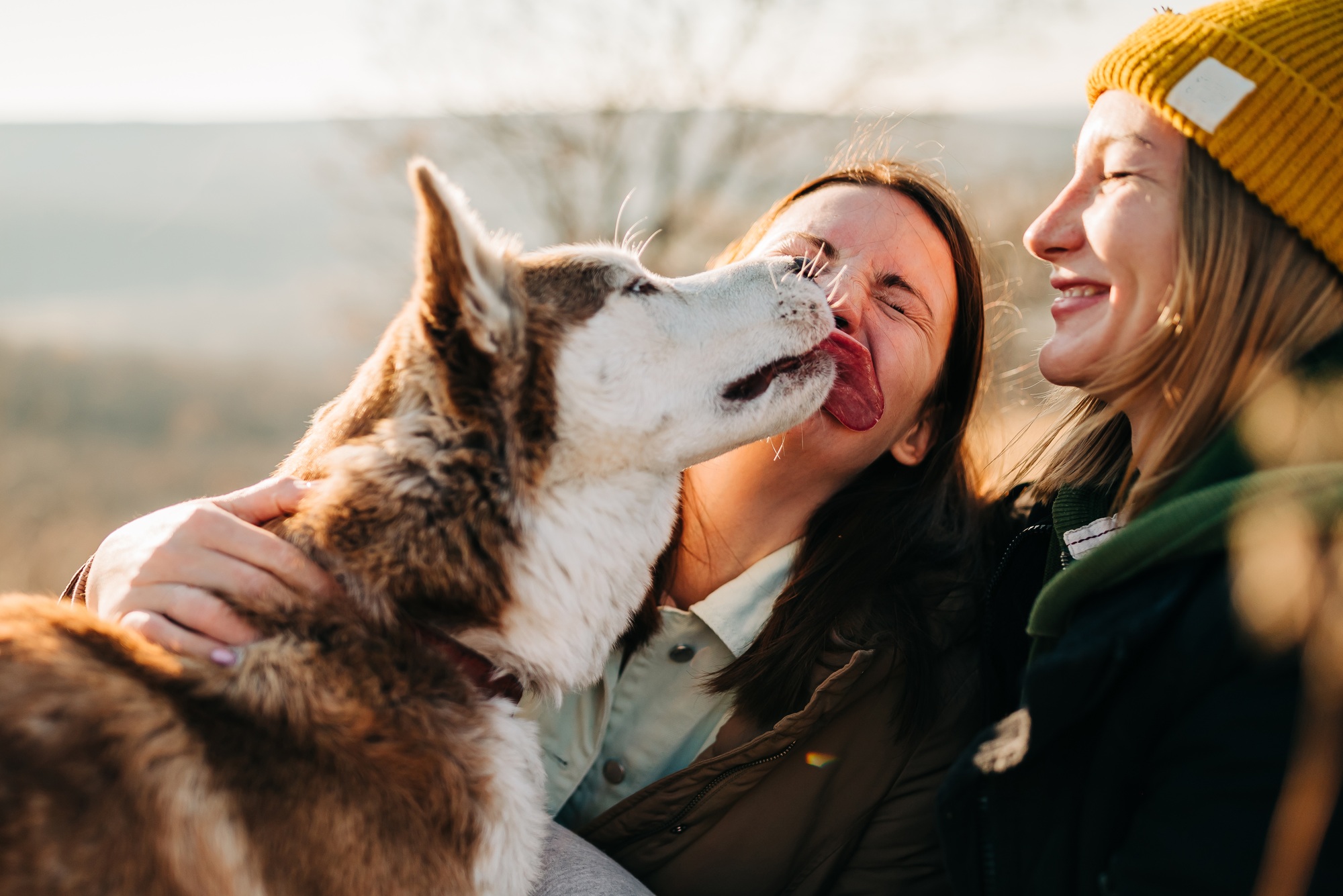When a dog’s pedigree is unknown, how do people typically talk about its ancestry? In special circumstances DNA testing is performed, but in day-to-day life, at shelters, rescues, veterinary offices, dog parks, and in our homes, we primarily rely on guesses based on a dog’s appearance. Typically, aspects of how a dog looks are combined to create guesses on potential breed heritage based on size, coat color and length, ear set, head shape, tongue color, etc. While originally seen as harmless, this common practice, called visual breed identification, has come under scrutiny in the scientific literature and is not faring well. National Canine Research Council’s Research Library Entry on the topic summarizes the relevant literature and analyzes individual peer-reviewed articles. The literature reveals inconsistency among experts and inaccuracy when visual identifications are compared to DNA results. Practical and ethical implications of using visual breed identification for dogs of unknown origin are also discussed. Take a look at the growing body of evidence on the topic, and commit to shifting the paradigm of how we identify and discuss dogs in our daily lives.







